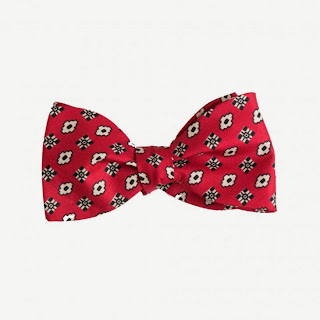Agbogbloshie is a destination site for electronic waste. Migrants from rural areas inhabit the site, earning money from scavenging for metals in the waste. Many illegal cargo containers arrive in Ghana to unload waste from countries such as the UK and America. Unprotected workers, may of them children, sift through the waste for precious metals. Plastics are melted down, emitting toxic fumes and chemicals into the atmosphere and water.
The area is known to be outside the control of the police, therefore crime is rife. Locals call Agbogbloshie 'Sodom and Gomarrah" after the two condemned Biblical cities.
Wikipedia. 2014. Agbogbloshie. [ONLINE] Available at: http://en.wikipedia.org/wiki/Agbogbloshie. [Accessed 13 January 14].





















































